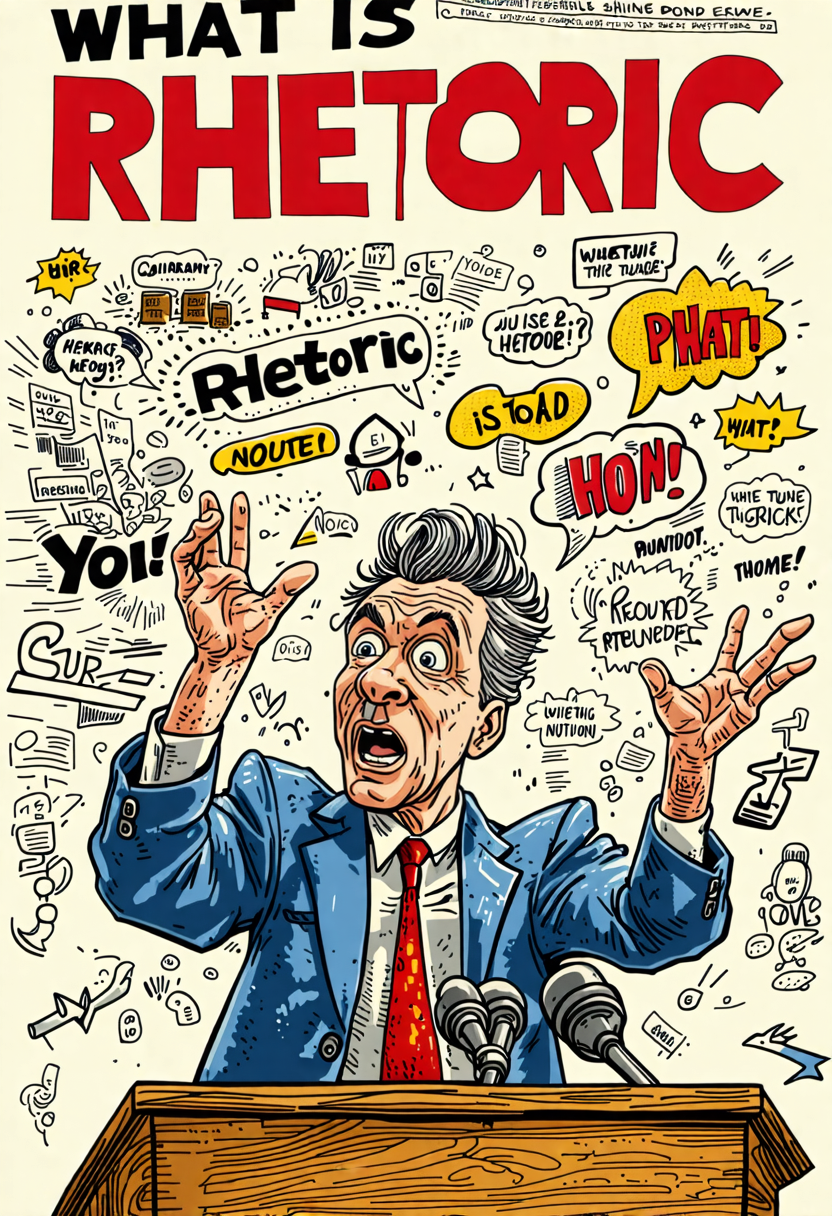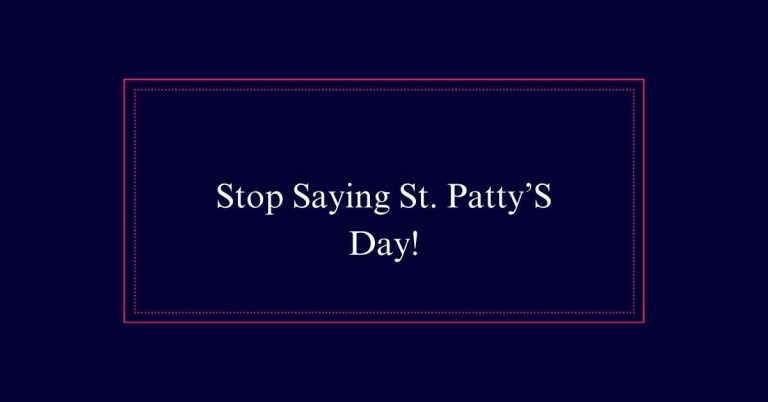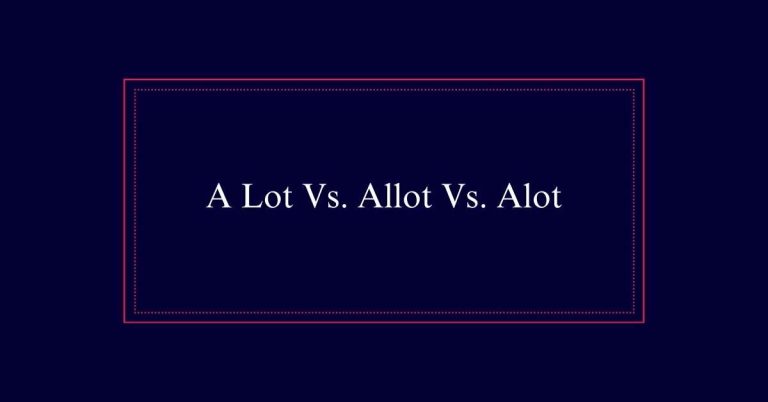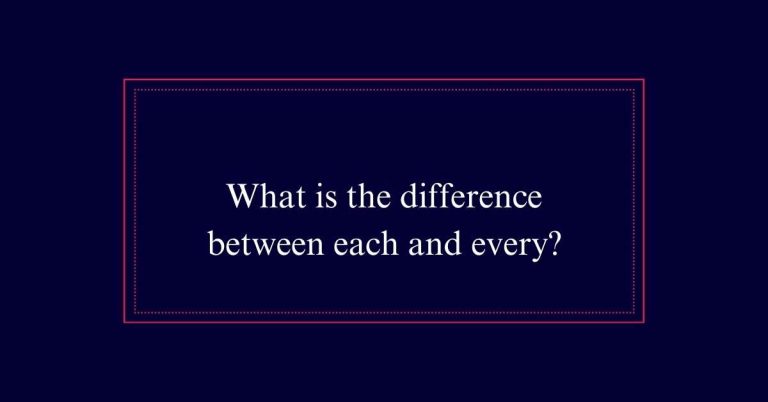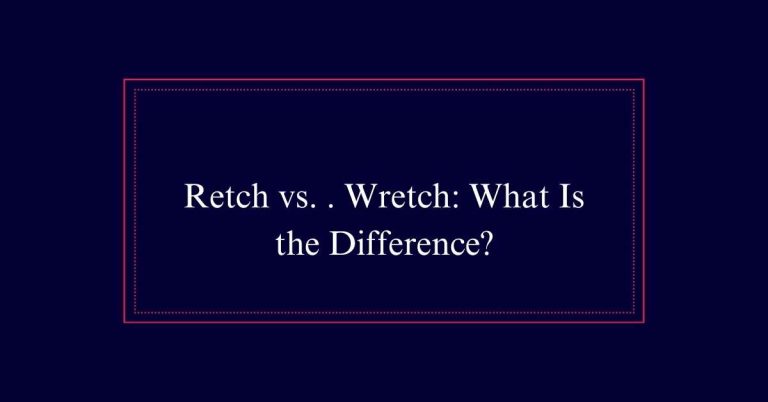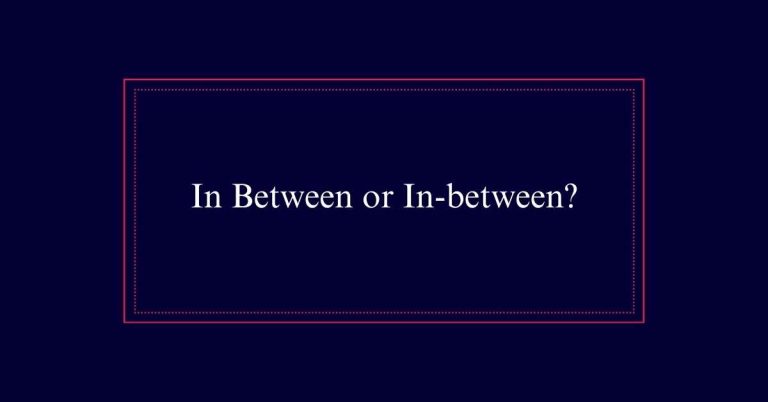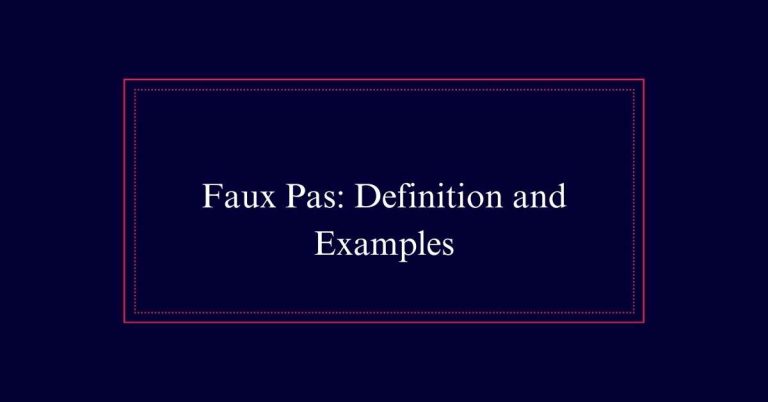What Is Rhetoric: Meaning and History
Rhetoric is the art of using language to persuade, motivate, or inform others. Originating in Ancient Greece, it refers to the skillful use of speech.
You use rhetoric every day in conversations, writing, and speeches to influence how others think or feel. Notable historical figures like Aristotle, Thomas Jefferson, and Martin Luther King Jr. mastered rhetoric to inspire and lead.
Techniques such as ethos, pathos, and logos help build trust, stir emotions, and present logical arguments.
Definition and Origin
Understanding rhetoric begins with knowing its definition and origin. Rhetoric is the art of using language to persuade, motivate, or inform. It originates from the Greek word ‘rhetorikos’, which means skilled in speaking.
When you use rhetoric, you’re aiming to influence how others think or feel. It’s not just about fancy words or complex arguments; it’s about choosing the right words to achieve the desired impact. Rhetoric can be found in speeches, writing, and even everyday conversations.
Historical Significance
Throughout history, rhetoric has played a pivotal role in shaping public opinion and political discourse. You can see its influence in many key moments:
- Ancient Greece: Rhetoric was essential in the democratic process. Leaders like Aristotle and Plato used it to teach and persuade.
- American Revolution: Figures like Thomas Jefferson and Patrick Henry used powerful speeches to rally support for independence.
- Civil Rights Movement: Martin Luther King Jr.’s speeches used rhetoric to inspire change and push for equality.
Framework for Critical Thinking
Rhetoric provides a robust framework for critical thinking by enhancing your ability to analyze and interpret information more effectively. It hones your skills in questioning assumptions, understanding diverse viewpoints, and constructing clear arguments. This framework isn’t limited to speeches; it’s valuable in everyday decisions. Practicing rhetoric allows you to differentiate between strong and weak arguments, making you more persuasive and thoughtful.
Here’s a powerful visual to consider:
| Emotion | Impact |
|---|---|
| Curiosity | Drives you to ask deeper questions. |
| Empathy | Helps you see others’ perspectives. |
| Confidence | Strengthens your arguments. |
| Skepticism | Encourages you to seek evidence. |
| Clarity | Makes your ideas easy to understand. |
Heuristics in Rhetoric
Heuristics in rhetoric are mental shortcuts that help you make persuasive arguments quickly and effectively. They simplify complex ideas and save time during communication. By using heuristics, you can craft compelling messages without getting bogged down.
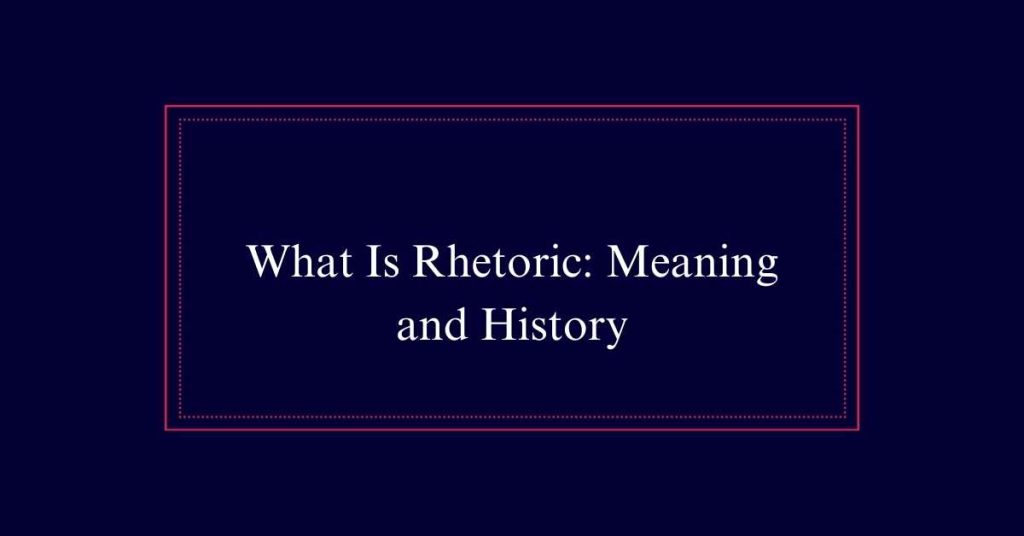
Here are three common heuristics in rhetoric:
- Rule of Three: Presenting three arguments or examples makes your message more memorable and impactful.
- Analogy: Comparing a new idea to something familiar helps your audience understand and relate to your point.
- Repetition: Repeating key phrases or ideas reinforces your message and makes it stick in the listener’s mind.
Aristotle’s Modes of Persuasion
Building on the power of heuristics, Aristotle’s modes of persuasion—ethos, pathos, and logos—offer a deeper framework for crafting compelling arguments. These three elements help you connect with your audience, appeal to their emotions, and present logical reasoning.
| Mode | Definition | Example |
|---|---|---|
| Ethos | Credibility or ethical appeal | A doctor giving medical advice |
| Pathos | Emotional appeal | A charity ad showing sad images |
| Logos | Logical appeal | Statistics in a research paper |
Ethos, Pathos, and Logos
Grasping the concepts of ethos, pathos, and logos will enhance your ability to persuade others. These three modes of persuasion, outlined by Aristotle, are essential tools for influencing your audience effectively.
- Ethos: Establish your credibility. Demonstrate to your audience that you’re reliable and knowledgeable. Leverage your expertise or personal experiences to build trust.
- Pathos: Appeal to emotions. Forge an emotional connection with your audience. Utilize stories, vivid language, or emotional triggers to provoke feelings.
- Logos: Depend on logic and reason. Offer clear arguments supported by evidence and facts. Incorporate statistics, data, or logical reasoning to substantiate your points.
Rhetorical Triangle in Communication
How does the rhetorical triangle shape effective communication? The rhetorical triangle, composed of ethos, pathos, and logos, guides you in crafting persuasive messages. Ethos appeals to your credibility. Pathos connects emotionally with your audience. Logos relies on logic and reason.
| Element | Description |
|---|---|
| Ethos | Establishes your credibility and trustworthiness. |
| Pathos | Evokes emotions to engage your audience. |
| Logos | Uses logical arguments and evidence. |
Types and Usage of Devices
Exploring rhetorical devices helps you enhance your writing and speech. By mastering these tools, you can persuade, inform, or entertain more effectively.
Here are three common rhetorical devices you should know:
- Metaphor: This device compares two unlike things to highlight a particular quality or aspect. For example, ‘Time is a thief’ suggests time steals moments from our lives.
- Anaphora: This involves repeating a word or phrase at the beginning of consecutive sentences or clauses. It emphasizes a point and can evoke emotions. For example, ‘We shall fight on the beaches, we shall fight on the landing grounds…’
- Alliteration: This is the repetition of the same consonant sound at the beginning of nearby words. It creates rhythm and can make phrases more memorable, like ‘She sells seashells by the seashore.’
Examples of Rhetorical Devices
Now, let’s look at some examples of rhetorical devices to see how they work in practice.
First, consider hyperbole. It’s an exaggerated statement. For example, ‘I’m so hungry I could eat a horse.’ This isn’t literal but emphasizes extreme hunger.
Next, there’s meiosis, which is the opposite. It downplays a situation. Saying ‘It’s just a scratch’ when you have a deep wound is an example.
Anaphora is another device. It repeats a word or phrase at the beginning of sentences. Think of Martin Luther King Jr.’s ‘I have a dream’ speech.
Lastly, there’s rhetorical questions. They don’t need an answer but make you think. For instance, ‘Isn’t it a bit too late now?’
These devices make your communication more engaging.
Rhetoric in Practice
You encounter rhetoric daily, from political speeches to advertisements. These messages aim to persuade, inform, or motivate you. Here’s how rhetoric is commonly practiced:
- Political Speeches: Politicians use rhetoric to appeal to your beliefs and emotions, trying to win your vote.
- Advertisements: Companies craft slogans and messages to convince you to buy their products.
- Social Media Posts: Influencers and brands use rhetoric to engage you and shape your opinions.
